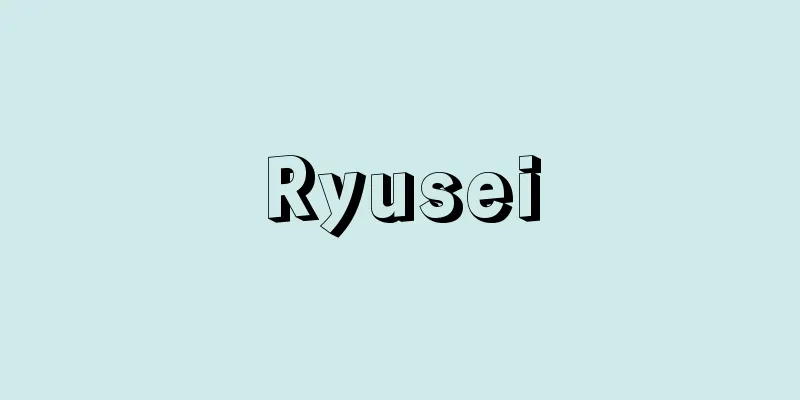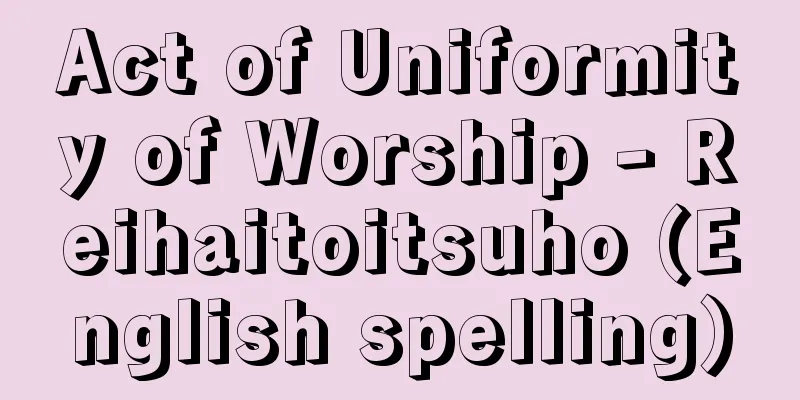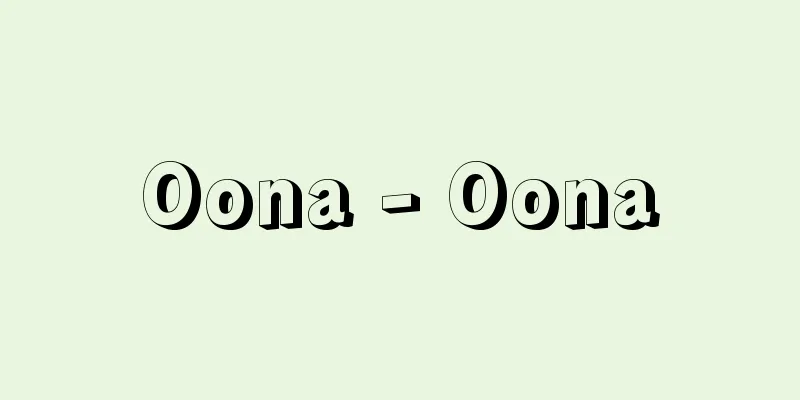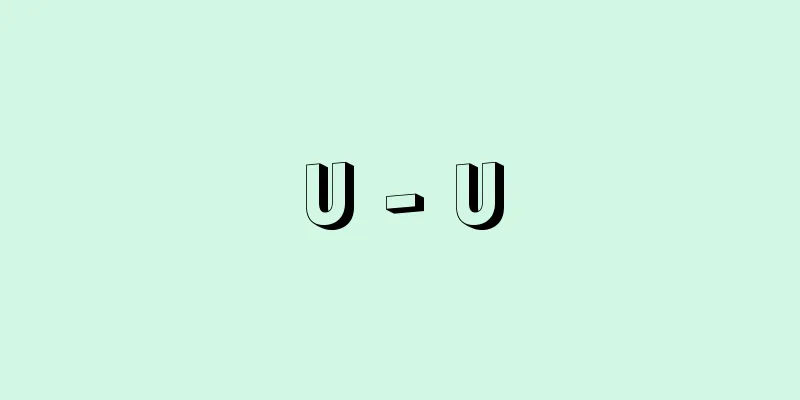Ryusei

|
Chinese novelist. His real name was Liu Yunhua. He was from Wubao County, Shaanxi Province. In 1928, while in primary school, he joined the Communist Youth League, and joined the Communist Party during the anti-Japanese movement (1936). In 1938, he went to Yan'an and became a member of the Yan'an branch of the Chinese Cultural Association. He often accompanied the army and wrote short stories and reportage. His short story collection Landmines (1947) includes works from that time. He worked in rural work from 1943 to 1946, and wrote the long novel Record of Seeds and Grains (1951) based on his experiences there, and Iron Wall of Copper (1951) based on his experiences during the Liberation War, becoming one of the leading writers in the liberated areas. After liberation, he participated in the agricultural cooperativeization of Huangfu Village, and wrote his representative work, "Founding History," Part I (1960) and Part II, Volume 1 (published intermittently in magazines from 1960 to 1963). His excellent character descriptions were featured in Shao Tsuen-lin's "Middle Figures" Theory (1964), and he was persecuted during the Cultural Revolution, losing his wife and his own health. After the Cultural Revolution, he became seriously ill and revised Parts I and II, Volume 1 (1977), but passed away before he could complete Part II, Volume 2 (published in 1979 as an unfinished draft). [Keiichi Ito] "Mori Shigeru's translation of "Iron Wall" (1953, Fanyang Democratic Press)" ▽ "People's Literature Research Association's translation of "Founding History" (2 volumes) (1964, New Japan Press)" Source: Shogakukan Encyclopedia Nipponica About Encyclopedia Nipponica Information | Legend |
|
中国の小説家。本名は劉蘊華(りゅううんか)。陝西(せんせい)省呉堡(ごほ)県の人。1928年高等小学のとき共産主義青年団に参加、抗日運動のなかで共産党に入党(1936)。38年延安に行き、文協延安分会に所属、しばしば従軍して短編やルポルタージュを書く。短編集『地雷』(1947)は当時の作品を収める。43~46年農村工作に従事、その体験から長編『種穀記(しゅこくき)』(1951)を、また解放戦争の体験から『銅墻鉄壁(どうしょうてっぺき)』(1951)を書き、解放区の代表的作家の1人となる。解放後、皇甫(こうほ)村の農業合作化に参加、代表作『創業史』第一部(1960)、第二部上巻(1960~63年に断続して雑誌に発表)を書く。その優れた人物描写が邵荃麟(しょせんりん)の「中間人物」論(1964)に取り上げられたため文化大革命中迫害を受け、妻を亡くし、彼も健康を損なう。文革後重病のなかで『創業史』第一部と第二部上巻を改訂出版(1977)、第二部下巻(未定稿で1979年刊)の完成をみずに死去。 [伊藤敬一] 『森茂訳『金城鉄壁』(銅墻鉄壁)(1953・藩陽民主出版社)』▽『人民文学研究会訳『創業史』全二冊(1964・新日本出版社)』 出典 小学館 日本大百科全書(ニッポニカ)日本大百科全書(ニッポニカ)について 情報 | 凡例 |
<<: Meteor - Ryusei (English spelling)
>>: Residue - Ryuusuu (English spelling) residue
Recommend
Kallan
In British India, the term was defined as a group...
Permanently frozen climate - ice climate
A nival climate in which the average temperature o...
clarifyingfilter
…(d) Centrifugal filter A model that uses filter ...
Calaxasiris - Calaxasiris
An annelid of the family Silidae in the class Poly...
Bond length
The length of a chemical bond, that is, the distan...
motor-yacht (English spelling)
…Today's small diesel engines are lightweight...
Yasugawa River
A river that flows through the southeastern part ...
Tawara Kuniichi
A scholar of ferrous metallurgy. Born in Hamada, ...
Indian subcontinent - Indo-atairiku (English spelling) Indian subcontinent
It refers to the region including India, Pakistan,...
Sodium - Natoriumu (English spelling) sodium English
It belongs to Group 1 of the periodic table and i...
Drouin, R.
...From the end of the 19th century onwards, Voll...
Sallé, M.
…In the early days, Pierre Beauchamp (1636-1705) ...
Ground state
The energy of a quantum mechanical system, a syst...
Cribellum
…In addition to these projections, some have smal...
Federation of India
In 1934 he obtained his master's degree and q...









